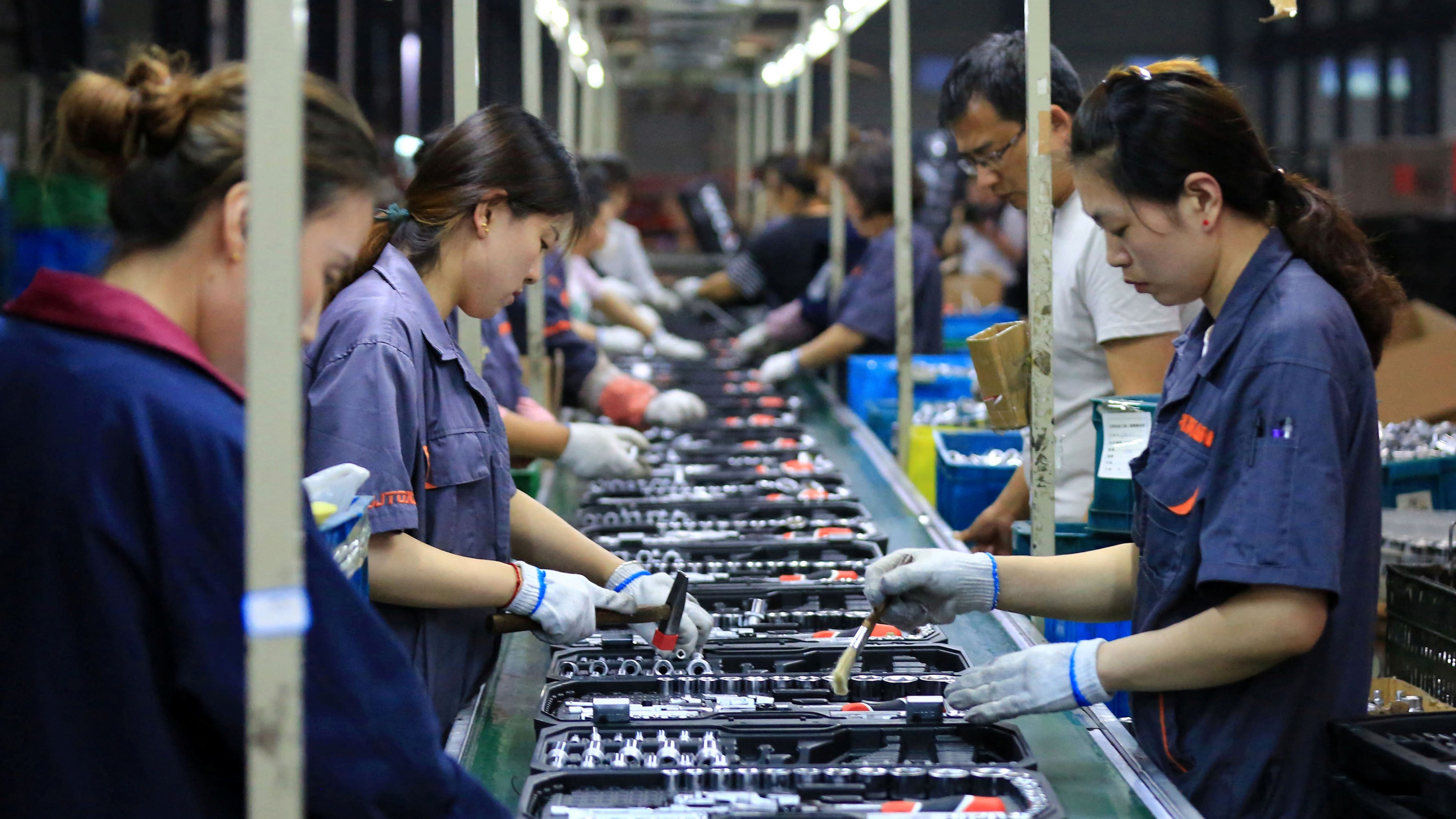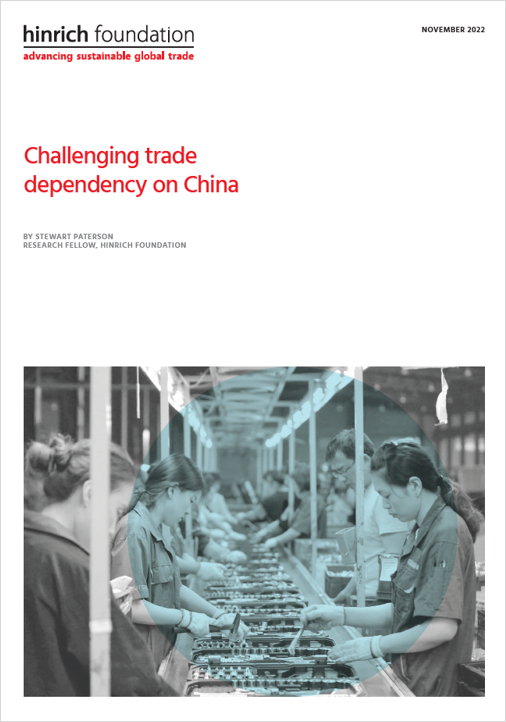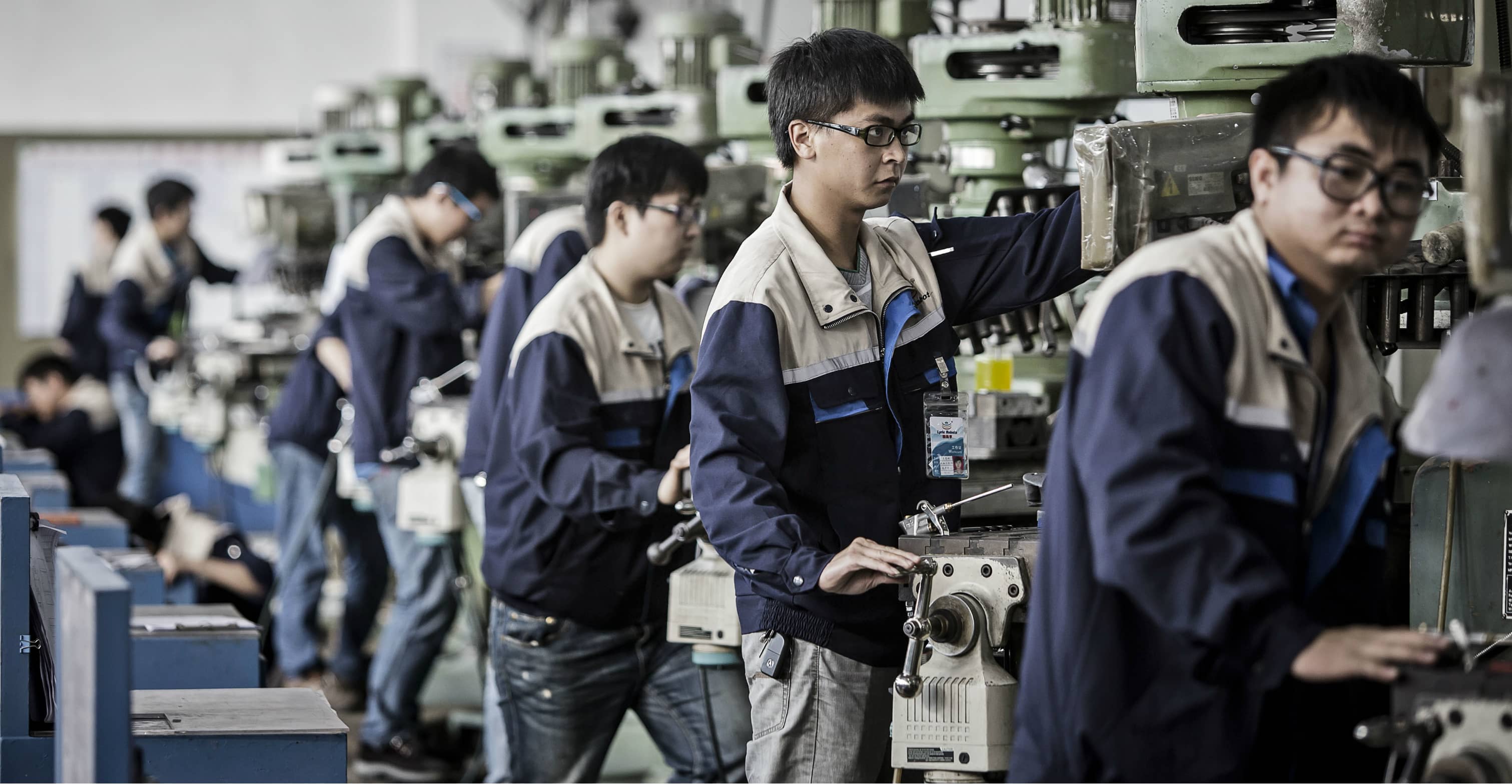Published 15 November 2022
As China nurtures its quasi-monopoly in manufacturing of critical products, other countries have started to reassess their trade and industrial policy as a way to reduce their trade dependency on China. While there is evidence that China’s appeal as a destination for foreign direct investment is waning, such policies have yet to slow the country's accumulation of market share.
While headlines have tended to focus on the strains in the US-China relationship, other countries were coming to the conclusion at about the same time that the economic ties with China had geopolitical and security ramifications in addition to economic ones.
As public attitudes towards China evolved, policymakers in democratic economies have had a freer hand in developing a set of countermeasures designed to reduce trade dependency on China. But the impact of these early measures is unclear, as a structural slowdown in China’s economy and the government's policies obscure both the underlying causes and degree of economic decoupling.
In this third installment of a Hinrich Foundation series on trade dependency, Research Fellow Stewart Paterson examines some of the constraints that Western governments face in formulating policies designed to reduce economic dependency on China. This paper also surveys some of the unilateral and multilateral measures taken so far, before proceeding to evalute any impact from the earlier measures.
Download the other papers in the Hinrich Foundation series on trade dependency:
© The Hinrich Foundation. See our website Terms and conditions for our copyright and reprint policy. All statements of fact and the views, conclusions and recommendations expressed in this publication are the sole responsibility of the author(s).







